Global Burning Properties of Little Bluestem, Excelsior and Douglas Fir
Research Overview
A series of experiments was conducted to better understand the burning characteristics of three types of vegetative fuels: little bluestem grass, excelsior wood fibers, and Douglas fir trees. The measurements included the transient heat release rate (HRR) determined using oxygen consumption calorimetry, the mass loss rate, carbon monoxide (CO) and smoke yields, and the radiative emission to the surroundings. An estimate of the average radiative fraction during the fires was obtained from radiative heat flux measurements made in the far field. Experiments were also conducted on constructed excelsior bundles with controlled bulk density. The measurement results characterize the global combustion properties of the vegetative samples and offer insight into their complex burning behavior.
Several key findings are reported:
1. The ratio of the peak heat release rate to the initial mass of the test specimens as a function of their moisture content was consistent with previously published fire measurements on a variety of trees and bushes. A fit to all the data showed that a power law adequately represented the results.
2. The moisture content significantly affected the radiative fraction of the Douglas fir tree fires. The radiative fraction of the Douglas fir tree fires decreased from 0.41 to 0.15 as the dry basis moisture content increased from 7 % to 85 %.
3. The mean radiative fractions for little bluestem, excelsior, and Douglas fir fires were 0.34, 0.33, and 0.29, respectively. Considering the overlapping error bars, there was no statistically significant difference among the fuel types. For the three fuel types, the average radiative fraction was 0.32.
4. The radiative fraction was observed to increase as the fire progressed from the flaming phase to the smoldering phase during the fires, suggesting that the radiative emission from the hot charring solid significantly contributed to the total radiative emission of the fire. For the excelsior fires, this effect became more significant for higher bulk densities.
5. The soot yields had a high degree of scatter with mean values of 0.46 % for bluestem, 0.11 % for excelsior, and 0.24 % for Douglas fir. The CO yields varied as a function of specimen type, with mean values of 6.2 %, 3.3 %, and 8.9 % for bluestem, excelsior, and Douglas fir, respectively. Further work is needed to improve the estimate of the soot yield since it is calculated using a mass-specific extinction coefficient typical of soot and not a value more typical of particulate matter produced during pyrolysis and smoldering combustion.
6. The peak HRR of the excelsior fires was a function of ignition orientation and bulk density. As expected, the upward spreading fires gave rise to larger peak HRRs than those spreading downward.
These measurements of global burning properties can help provide guidance to the development of wildland fire models.
Keywords: burning rate; heat release rate; radiative fraction; vegetation fires.
| Experiment Name | Plot of Heat Release Rate | Ignition Photo | Date/Time Sort descending | Specimen | Fuel Type | Test Duration (min) | Total Heat Released (MJ) | Peak HRR (kW) |
|---|---|---|---|---|---|---|---|---|
| Plant_01 | 
|

|
Bluestem | Little bluestem | 2.12
|
1.199
|
50.4
|
|
| Plant_02 | 
|

|
Bluestem | Little bluestem | 3.73
|
1.158
|
69.1
|
|
| Plant_03 | 
|

|
Bluestem | Little bluestem | 2.43
|
1.647
|
80.5
|
|
| Plant_04 | 
|

|
Bluestem | Little bluestem | 2.22
|
0.605
|
45.5
|
|
| Plant_05 | 
|

|
Bluestem | Little bluestem | 1.95
|
0.401
|
29.4
|
|
| Plant_06 | 
|

|
Bluestem | Little bluestem | 2.00
|
0.348
|
28.3
|
|
| Plant_07 | 
|

|
Excelsior | Excelsior | 2.52
|
2.53
|
83.9
|
|
| Plant_08 | 
|

|
Excelsior | Excelsior | 2.57
|
2.58
|
93.3
|
|
| Plant_09 | 
|

|
Excelsior | Excelsior | 2.30
|
2.56
|
99.9
|
|
| Plant_10 | 
|

|
Excelsior | Excelsior | 1.70
|
2.51
|
72.2
|
|
| Plant_11 | 
|

|
Excelsior | Excelsior | 2.37
|
2.47
|
60.2
|
|
| Plant_12 | 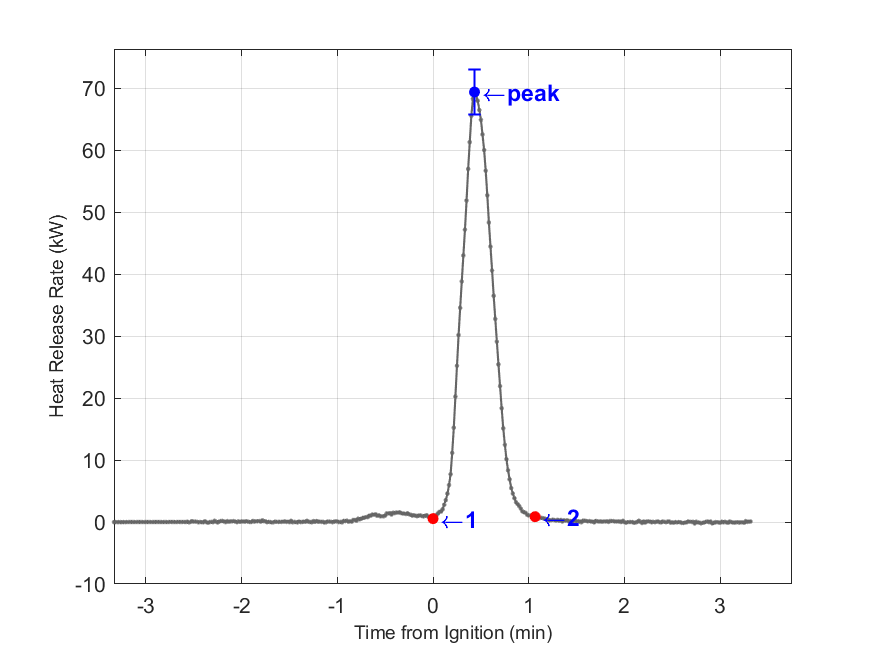
|

|
Douglas Fir | Douglas Fir | 1.07
|
1.559
|
69.4
|
|
| Plant_13 | 
|

|
Douglas Fir | Douglas Fir | 1.73
|
3.05
|
203
|
|
| Plant_14 | 
|

|
Douglas Fir | Douglas Fir | 1.68
|
2.93
|
202
|
|
| Plant_15 | 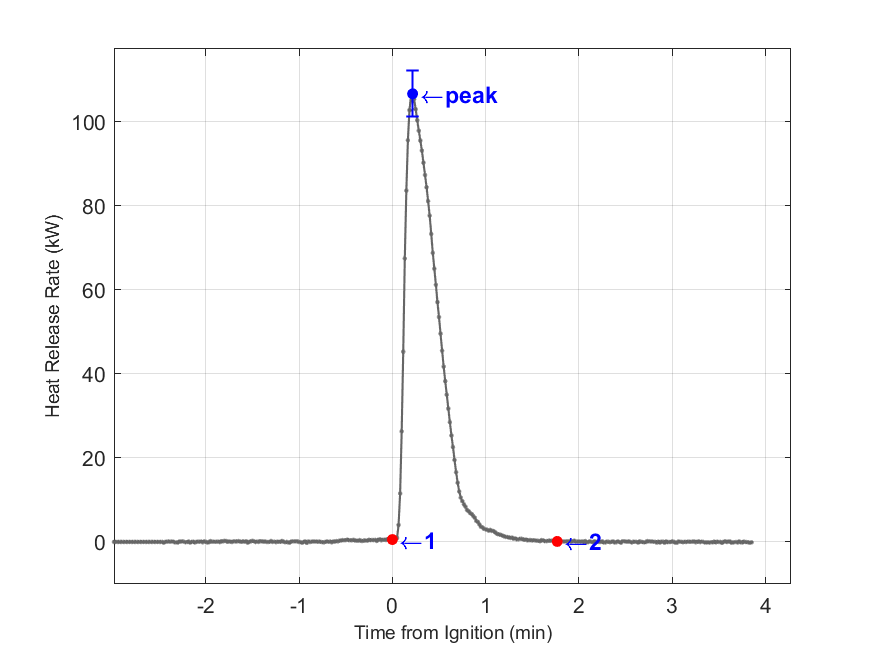
|

|
Excelsior | Excelsior | 1.77
|
2.57
|
106.6
|
|
| Plant_16 | 
|

|
Excelsior | Excelsior | 1.40
|
1.106
|
83.3
|
|
| Plant_17 | 
|

|
Excelsior | Excelsior | 1.47
|
0.969
|
74.2
|
|
| Plant_18 | 
|

|
Excelsior | Excelsior | 1.83
|
1.007
|
35.9
|
|
| Plant_19 | 
|

|
Excelsior | Excelsior | 2.08
|
1.042
|
36.7
|
|
| Plant_20 | 
|

|
Excelsior | Excelsior | 1.95
|
1.020
|
40.8
|
|
| Plant_21 | 
|

|
Excelsior | Excelsior | 1.30
|
1.005
|
76.0
|
|
| Plant_22 | 
|

|
Douglas Fir | Douglas Fir | 2.45
|
3.70
|
188.2
|
|
| Plant_23 | 
|

|
Douglas Fir | Douglas Fir | 2.08
|
4.31
|
229
|
|
| Plant_24 | 
|

|
Bluestem | Little bluestem | 1.03
|
0.947
|
46.1
|
|
| Plant_25 | 
|

|
Bluestem | Little bluestem | 1.23
|
1.077
|
47.9
|
|
| Plant_26 | 
|

|
Excelsior | Excelsior | 1.28
|
2.06
|
75.3
|
|
| Plant_27 | 
|
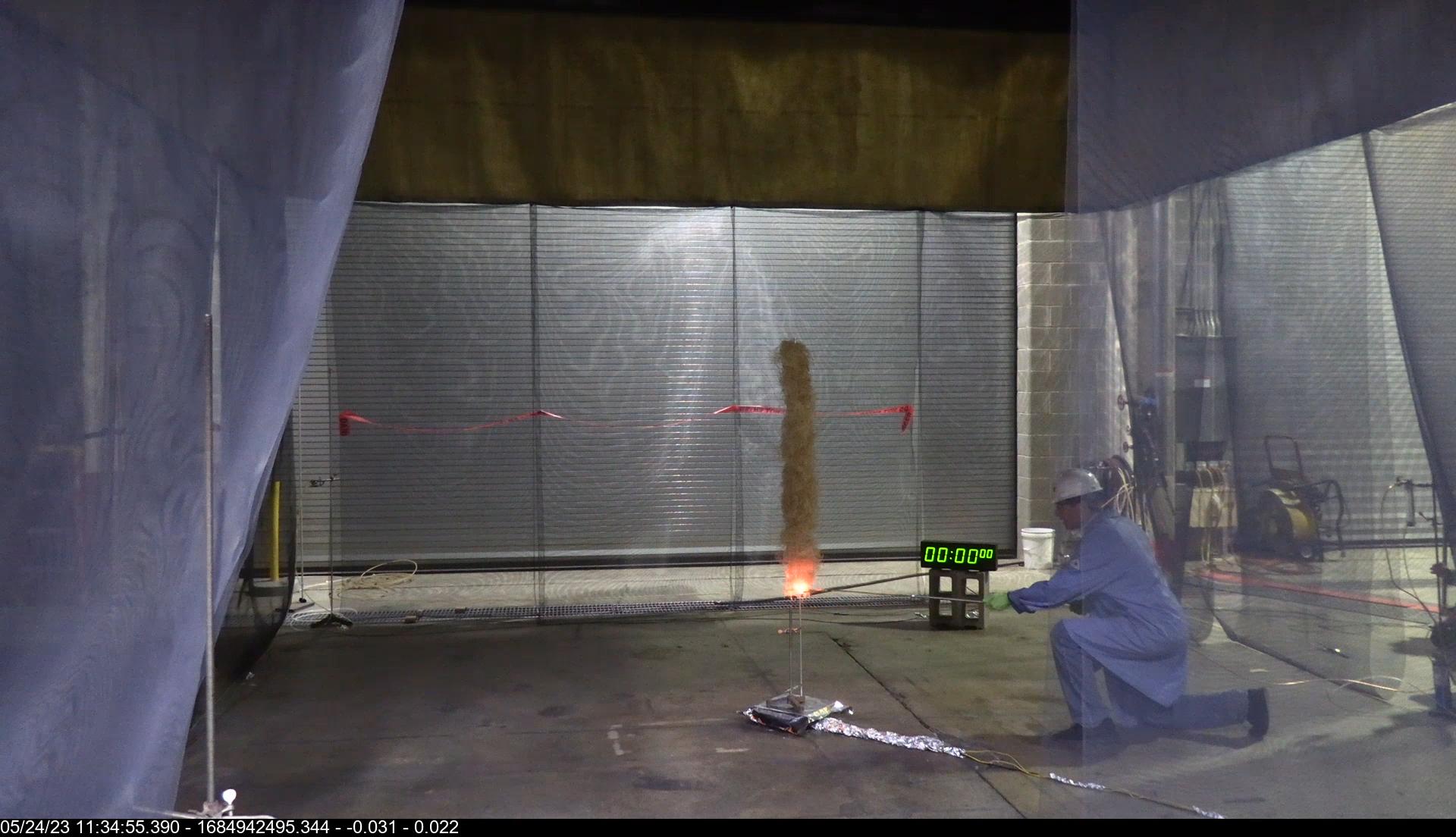
|
Excelsior | Excelsior | 1.23
|
3.81
|
171.9
|
|
| Plant_28 | 
|

|
Bluestem | Little bluestem | 0.87
|
0.625
|
34.6
|
|
| Plant_29 | 
|

|
Bluestem | Little bluestem | 1.38
|
1.33
|
77.1
|
|
| Plant_30 | 
|

|
Bluestem | Little bluestem | 0.62
|
0.261
|
26.1
|
|
| Plant_31 | 
|

|
Excelsior | Excelsior | 1.40
|
2.21
|
49.3
|
|
| Plant_32 | 
|

|
Excelsior | Excelsior | 1.48
|
2.20
|
40.5
|
|
| Plant_33 | 
|

|
Bluestem | Little bluestem | 1.93
|
0.75
|
30.7
|
|
| Plant_34 | 
|

|
Bluestem | Little bluestem | 4.90
|
0.70
|
18.9
|
|
| Plant_35 | 
|

|
Excelsior | Excelsior | 1.03
|
1.294
|
82.4
|
|
| Plant_36 | 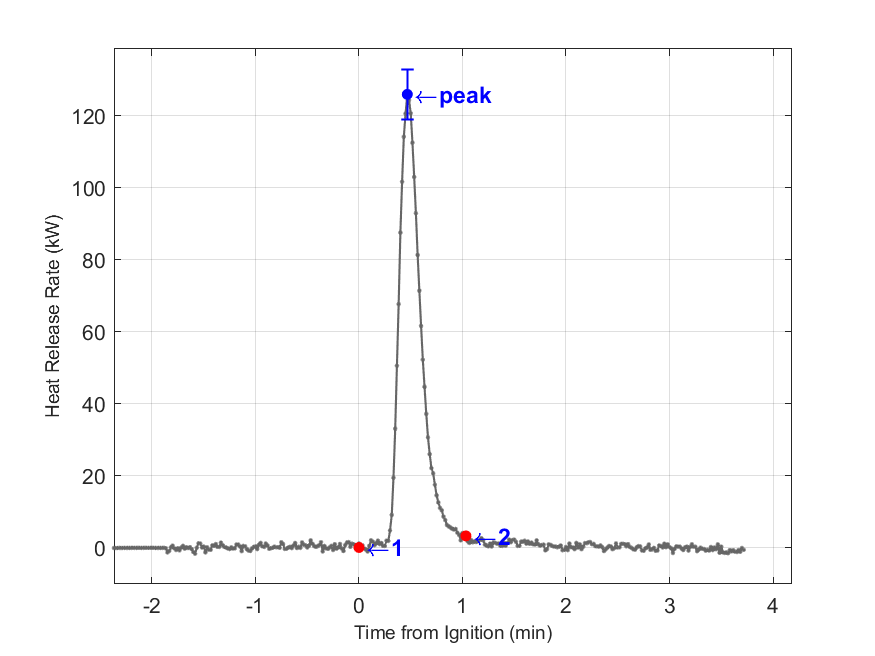
|

|
Excelsior | Excelsior | 1.03
|
1.89
|
126.0
|
|
| Plant_37 | 
|

|
Douglas Fir | Douglas Fir | 1.88
|
2.02
|
83.8
|
|
| Plant_38 | 
|

|
Douglas Fir | Douglas Fir | 2.53
|
2.60
|
100.0
|
|
| Plant_39 | 
|

|
Douglas Fir | Douglas Fir | 2.37
|
2.64
|
153.6
|
|
| Plant_40 | 
|

|
Douglas Fir | Douglas Fir | 1.98
|
1.40
|
90.7
|
|
| Plant_41 | 
|

|
Douglas Fir | Douglas Fir | 4.87
|
0.67
|
11.6
|
|
| Plant_42 | 
|

|
Douglas Fir | Douglas Fir | 2.17
|
1.033
|
59.1
|
|
| Plant_43 | 
|

|
Douglas Fir | Douglas Fir | 2.77
|
4.23
|
232
|
|
| Plant_44 | 
|

|
Douglas Fir | Douglas Fir | 5.10
|
102.3
|
7,918
|
|
| Plant_45 | 
|

|
Douglas Fir | Douglas Fir | 6.15
|
58.2
|
3,632
|
|
| Plant_46 | 
|

|
Douglas Fir | Douglas Fir | 6.48
|
88.6
|
5,987
|
|
| Plant_47 | 
|

|
Douglas Fir | Douglas Fir | 7.98
|
71.8
|
4,688
|
|
| Plant_48 | 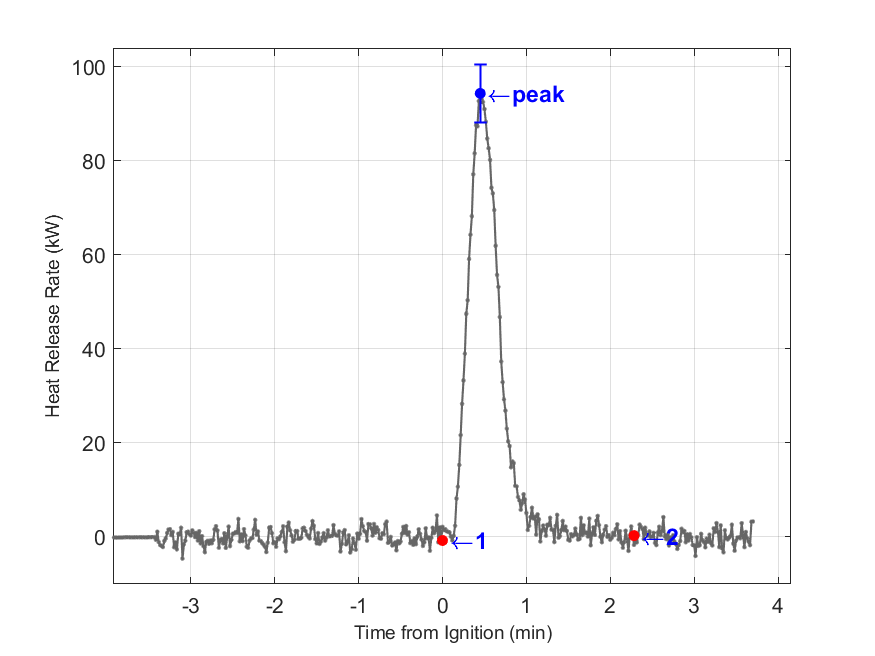
|

|
Excelsior | Excelsior | 2.28
|
2.43
|
94.3
|
|
| Plant_49 | 
|

|
Excelsior | Excelsior | 1.17
|
2.26
|
94.3
|
|
| Plant_50 | 
|

|
Excelsior Tower | Cellulose | 3.58
|
3.22
|
75.0
|
|
| Plant_51 | 
|

|
Excelsior Tower | Cellulose | 5.07
|
3.43
|
69.4
|
|
| Plant_52 | 
|

|
Excelsior Tower | Cellulose | 3.48
|
3.42
|
71.6
|
|
| Plant_53 | 
|

|
Excelsior Tower | Cellulose | 4.20
|
3.62
|
55.0
|
|
| Plant_54 | 
|

|
Excelsior Tower | Cellulose | 4.87
|
3.25
|
55.1
|
|
| Plant_55 | 
|

|
Excelsior Tower | Cellulose | 5.38
|
3.18
|
53.0
|
|
| Plant_56 | 
|
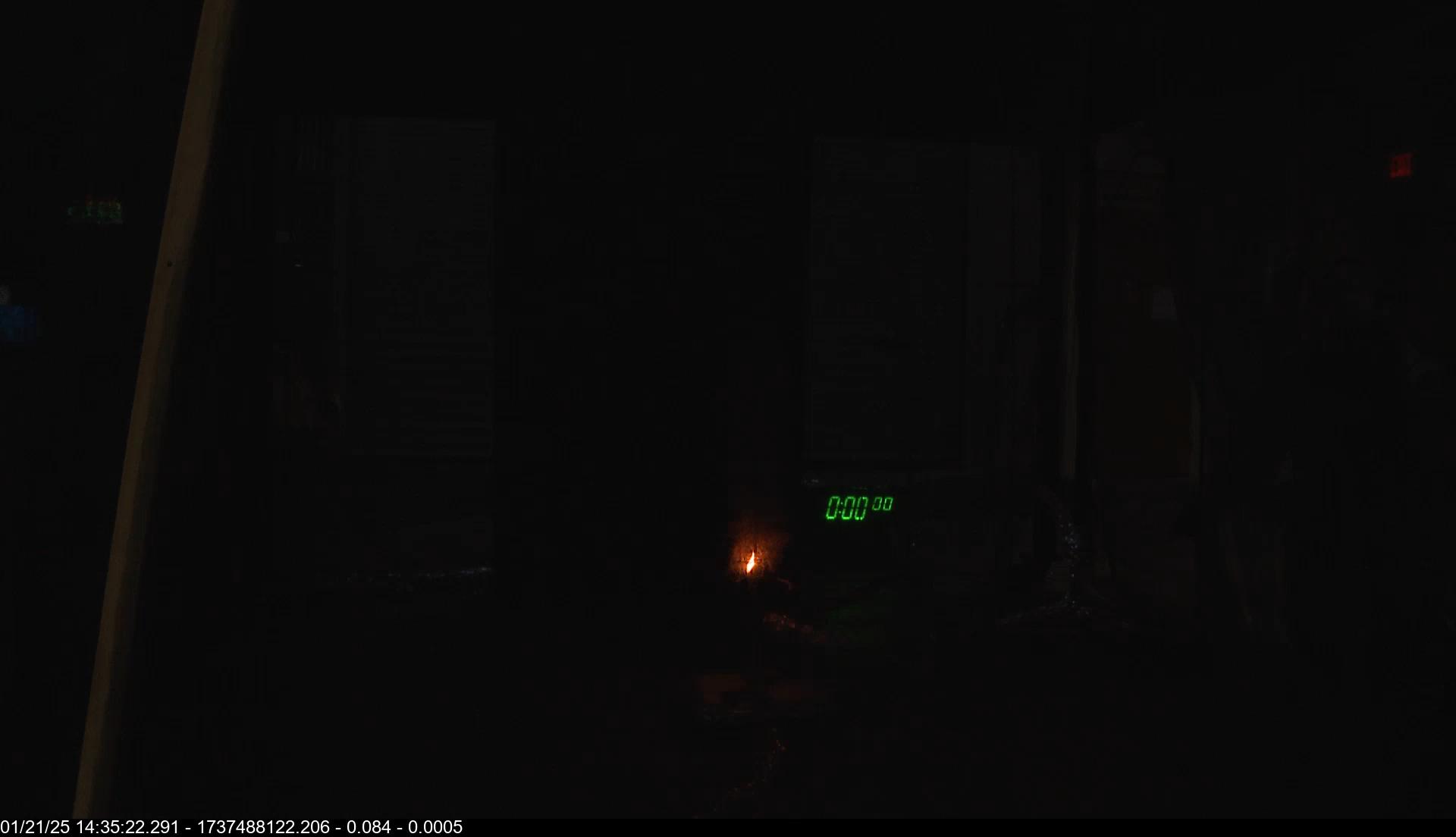
|
Excelsior Tower | Cellulose | 0.45
|
0.482
|
51.8
|
Bryant, R. and Bundy, M. The NIST 20 MW Calorimetry Measurement System for Large-Fire Research, Technical Note (NIST TN) 2077, 2019
https://doi.org/10.6028/NIST.TN.2077
NIST Fire Calorimetry Database (FCD)
https://doi.org/10.18434/mds2-2314

